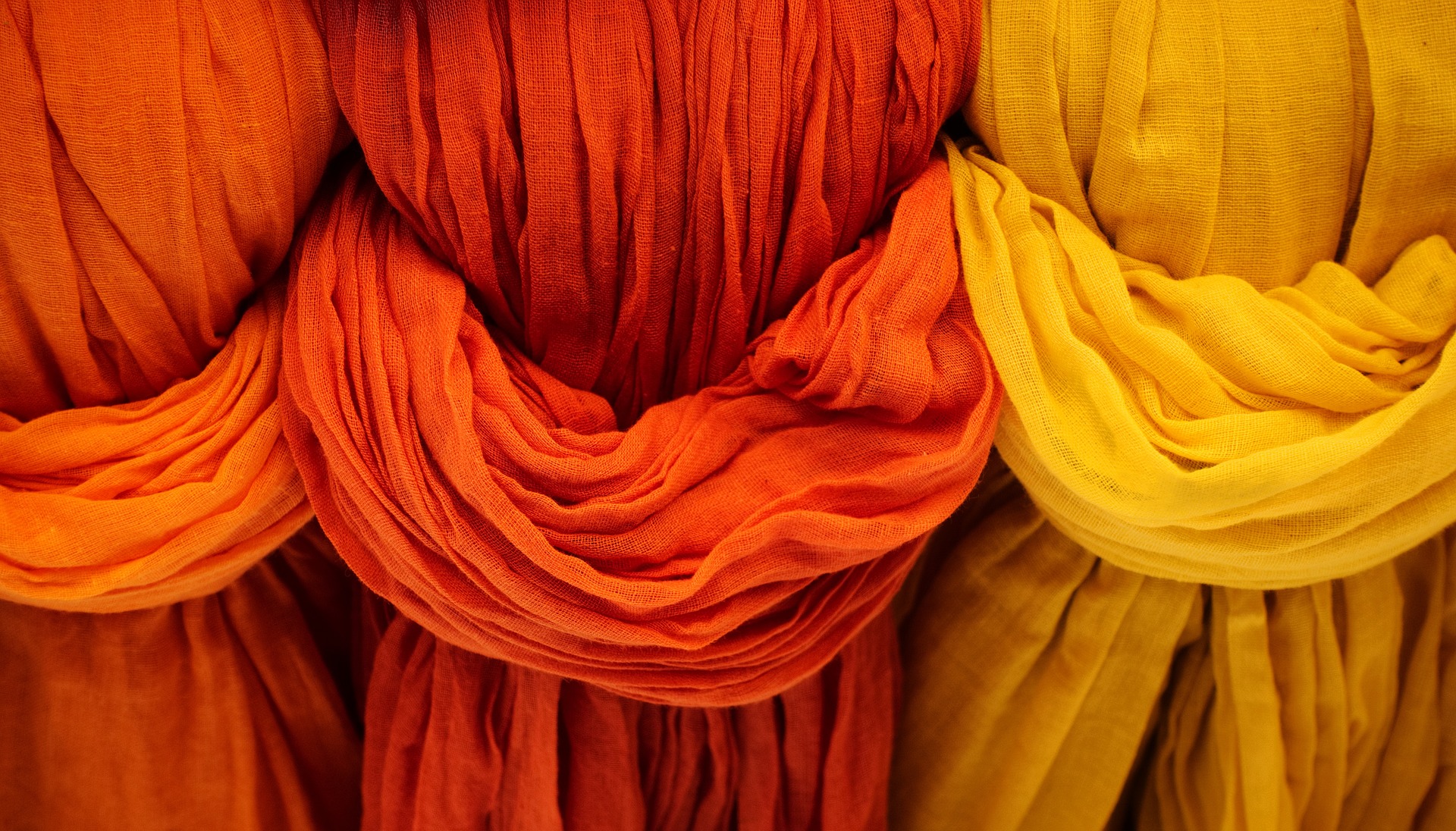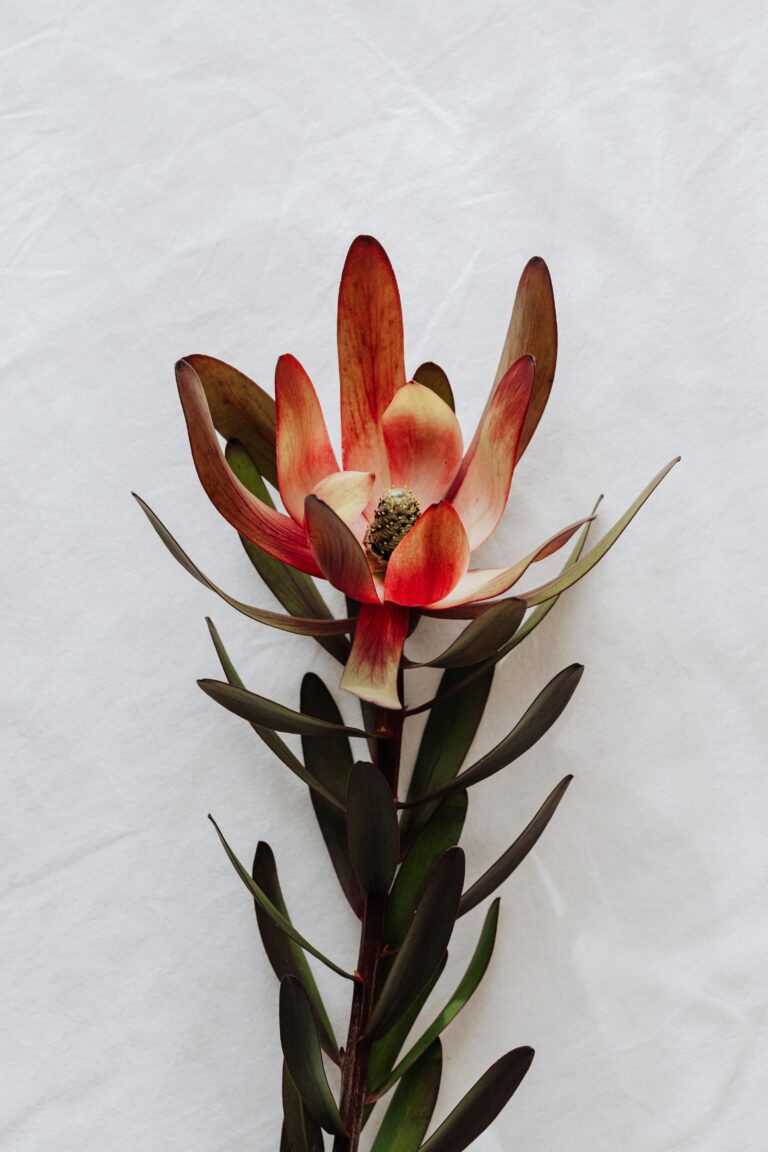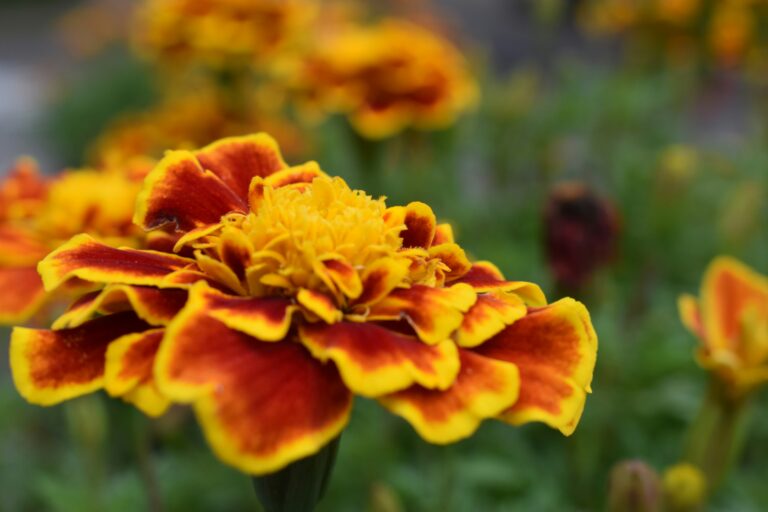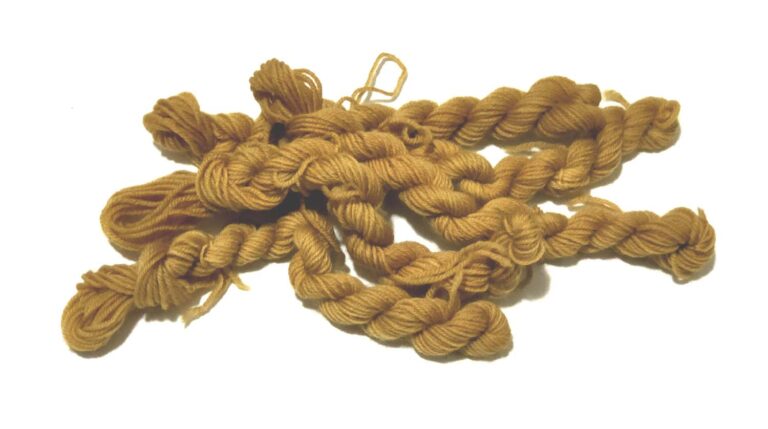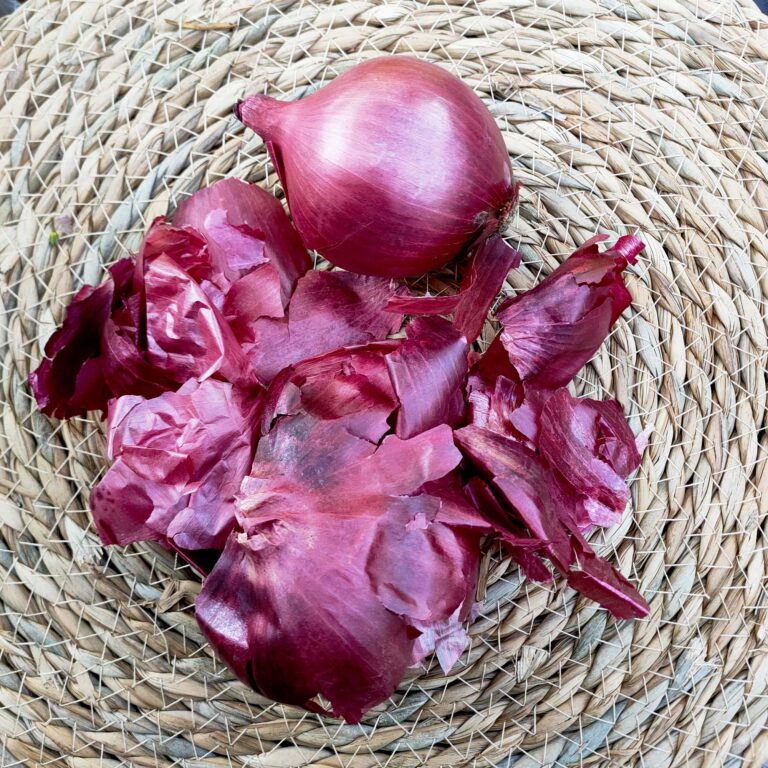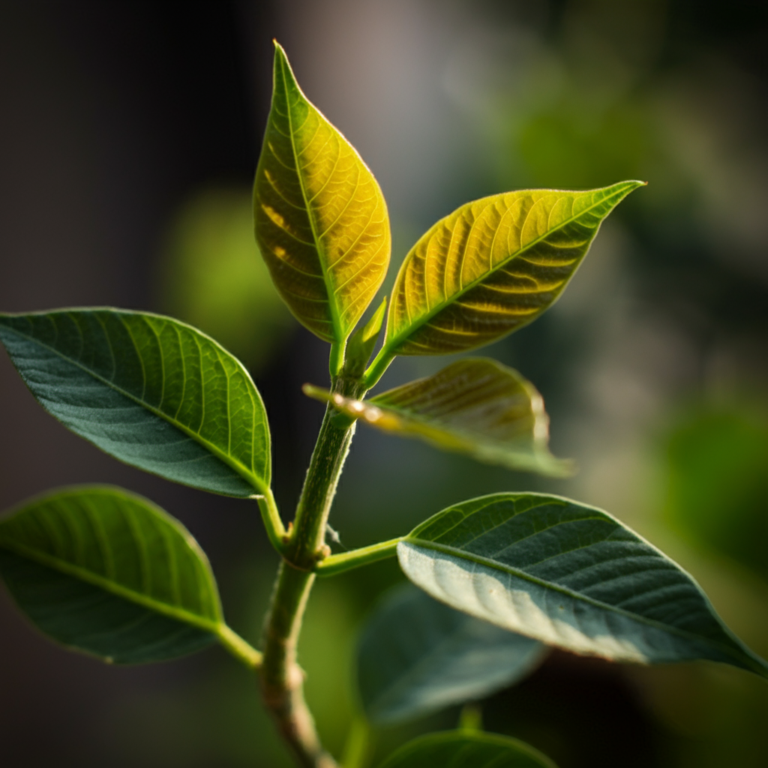6 Month Update

A list of the natural dyes we have looked at over the past six months and the colours that they have produced.
Natural Dyes
It seems a good idea to keep a list of the materials we have looked at for dyeing and the colours we have produced. I will keep it updated every three months as a growing list that can be referred back to if you are looking for a particular colour, or as a reference for the different experiments done with one particular natural dye source.
I hope this will be helpful in your own experiments and journey though the natural dyeing landscape.
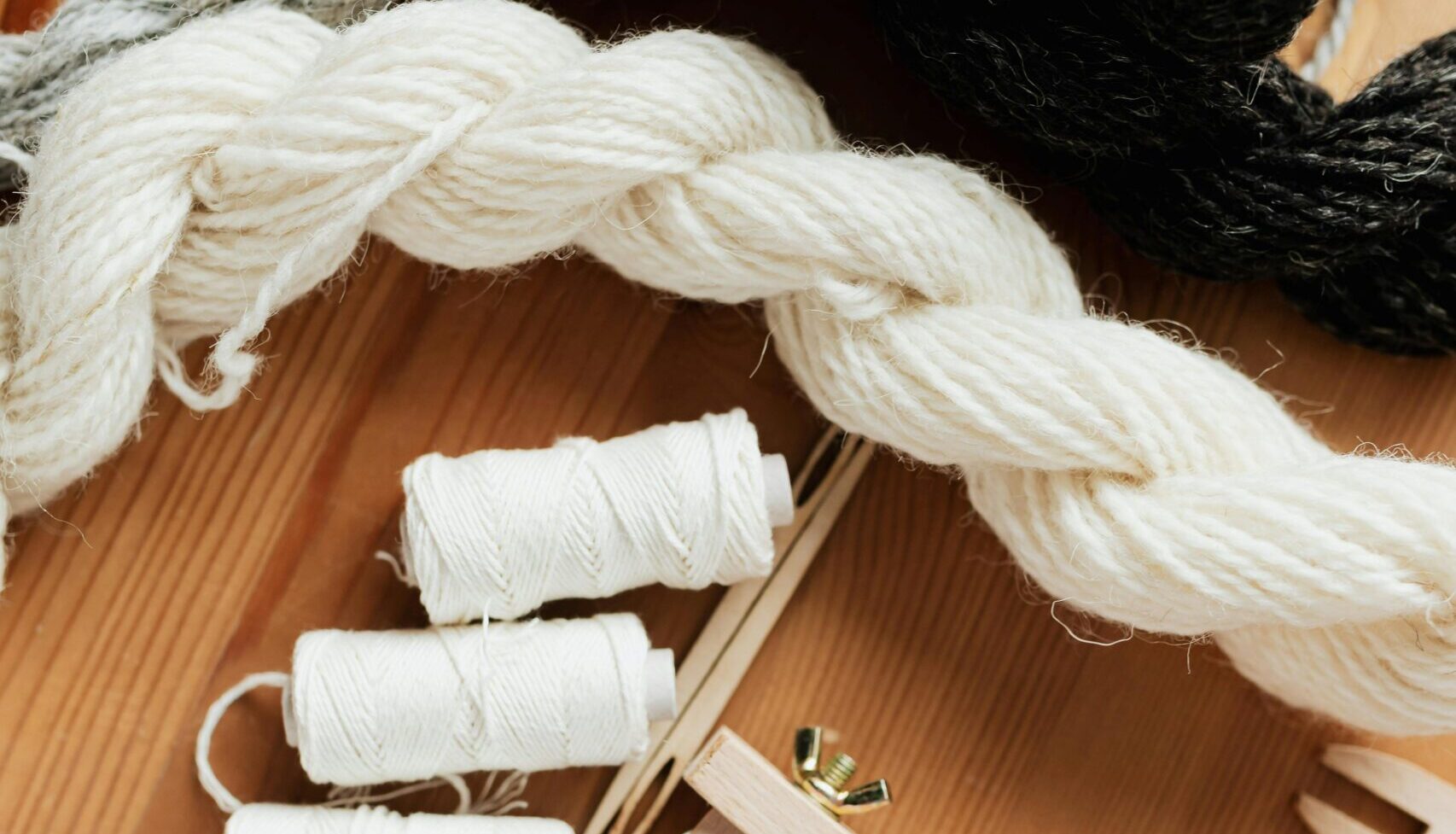
Fibre Preparation
Fibre preparation is a very important and necessary part of the natural dyeing process. Without it you will not produce either vibrant or secure colours. In the past 6 months we have concentrated basically on protein fibres. These materials which include wool, silk, alpaca or any other type of animal fibre are the easiest and more stable materials to dye with so it just made sense to start with these!
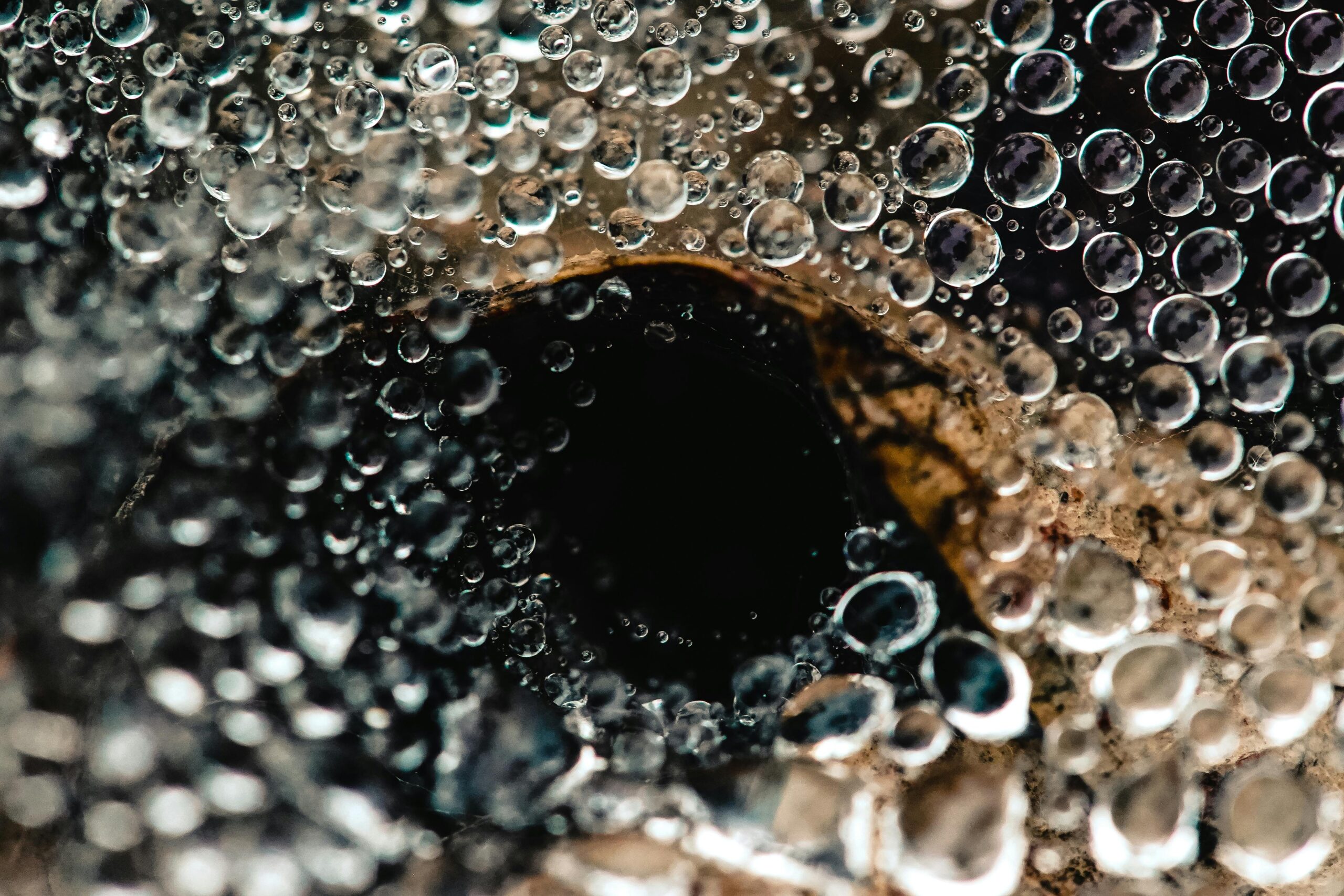
Scouring your protein fibres
Washing your material and fibres is the first important step in the natural dyeing process.
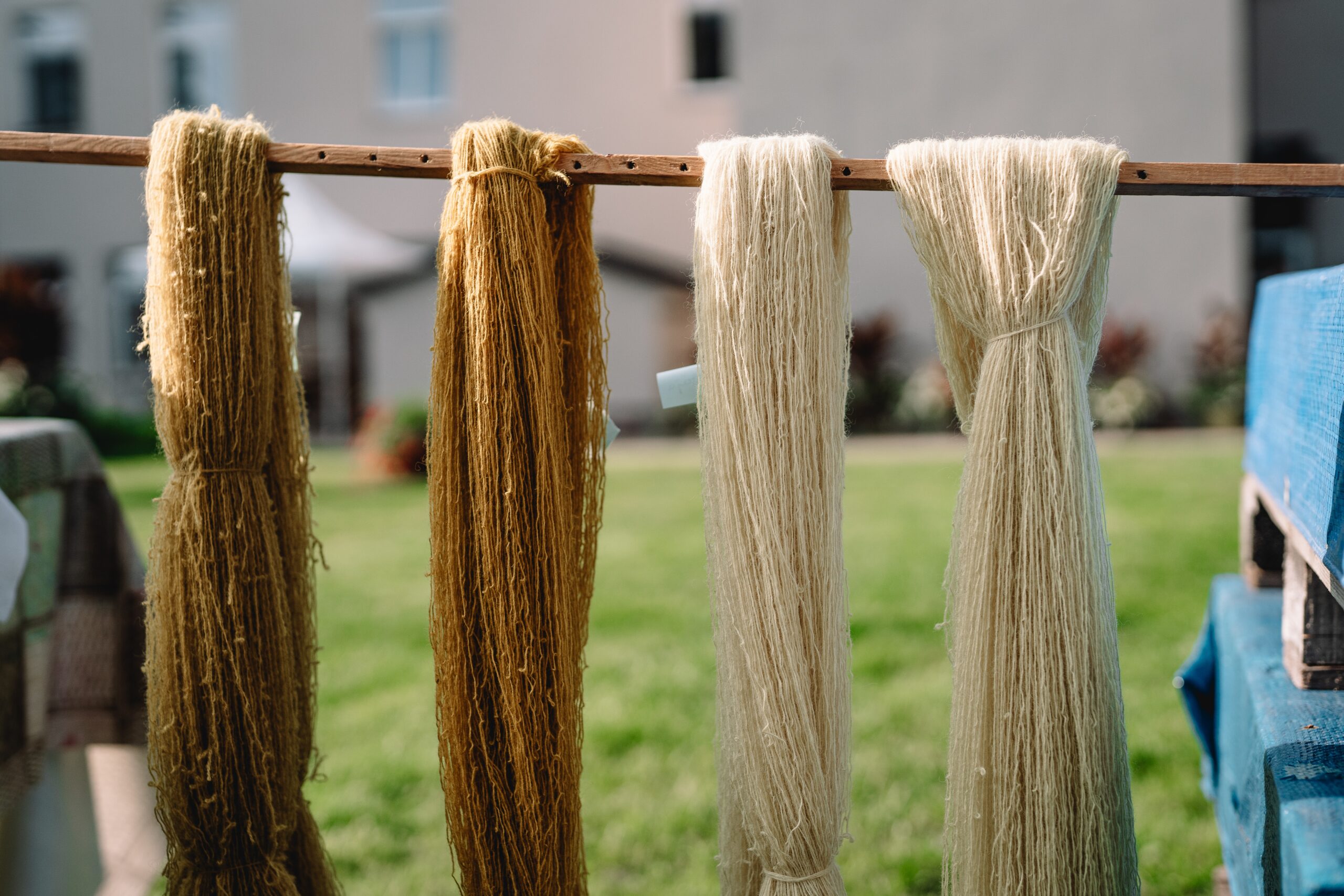
Mordanting Protein fibres with Alum
Mordanting helps to make your natural dyes attach to your fibres. The type of mordant you use can also affect the final colour you achieve. We start by looking at alum as a way to stabilize and brighten your natural dyes.
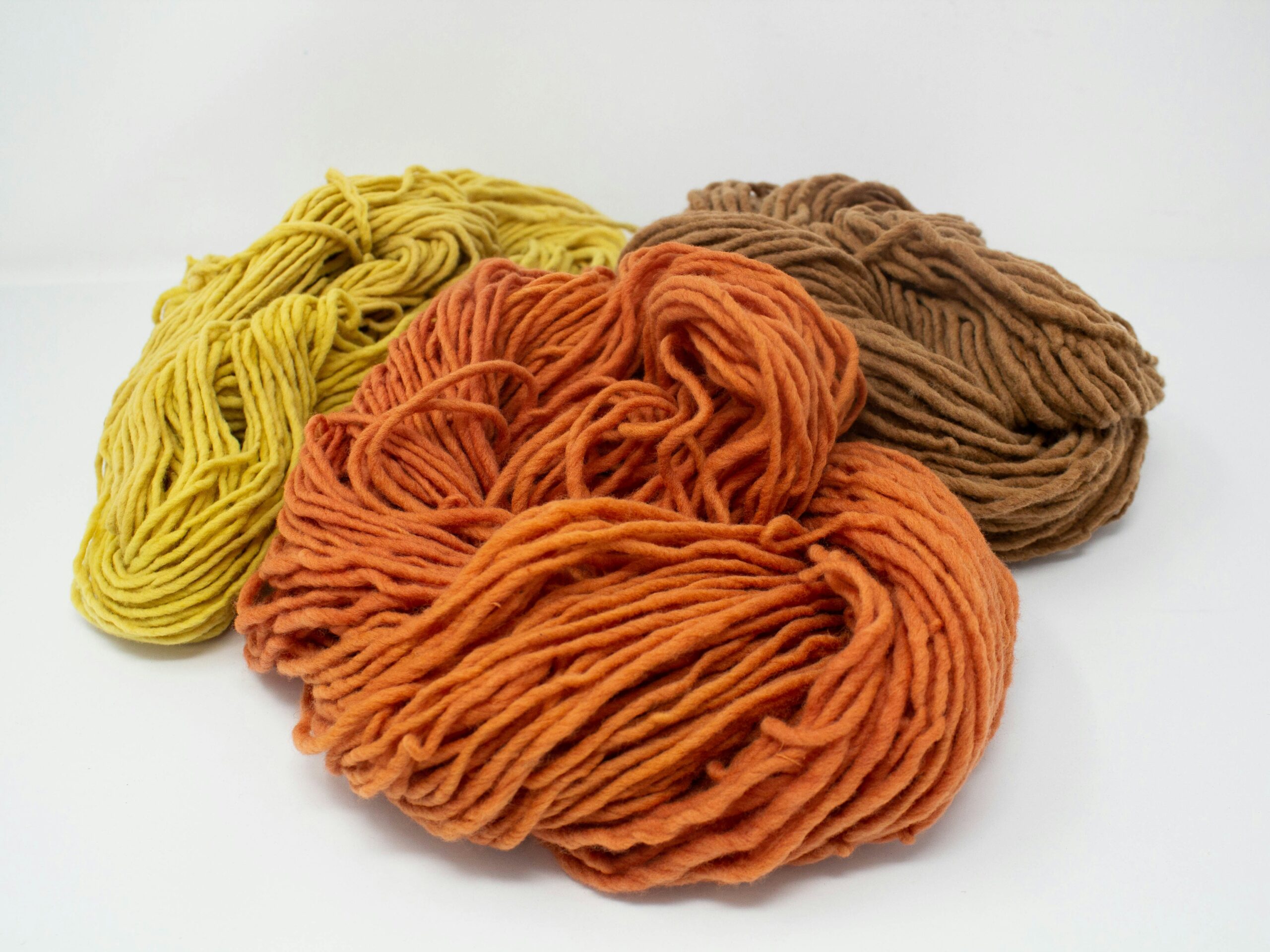
Mordanting Protein Fibres with your own Iron Mordant
Using Iron as a mordant can help “sadden” your natural dye results. In some cases they may totally change the colour or they may dirty it up a bit. We also look at how to make your own iron mordant rather than having to buy a chemical product.
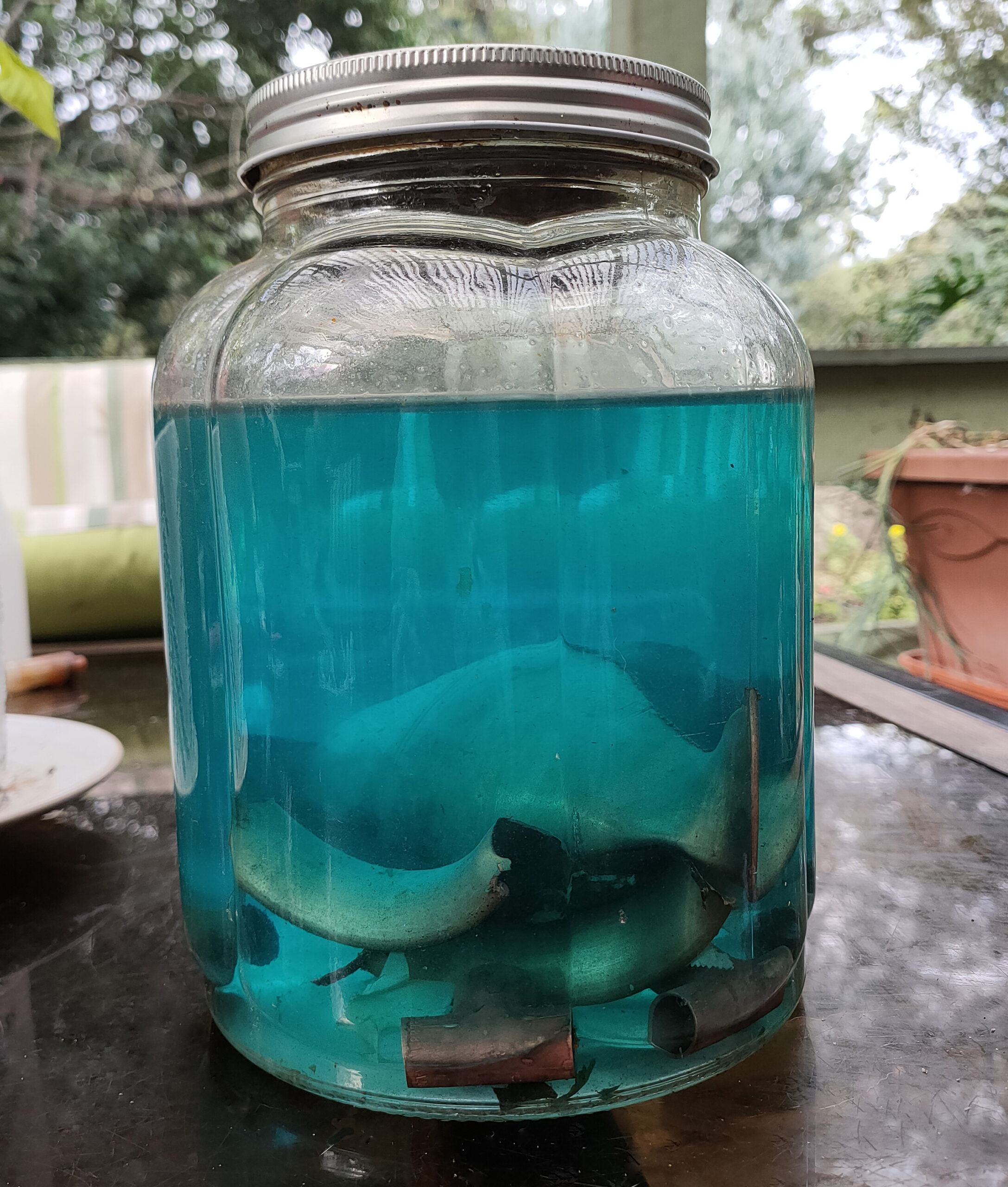
Mordanting Protein Fibres with your own Copper Mordant
Copper can again change the outcome of the final colour of your dyed material. It can help to brighten or turn your original colour a more bluey green. Again advice is included on how to make your own copper mordant.
Natural Dyes From the Kitchen
In these posts we look at a few natural dye sources that you can find in your own kitchen! I have shown pictures of the results from each post, which may not be the prettiest pictures, but will give you a quick view of colours that you may be wanting to achieve. Please refer to the original post to see how these colours then stand up to washing and sunlight.
Coffee and Tea
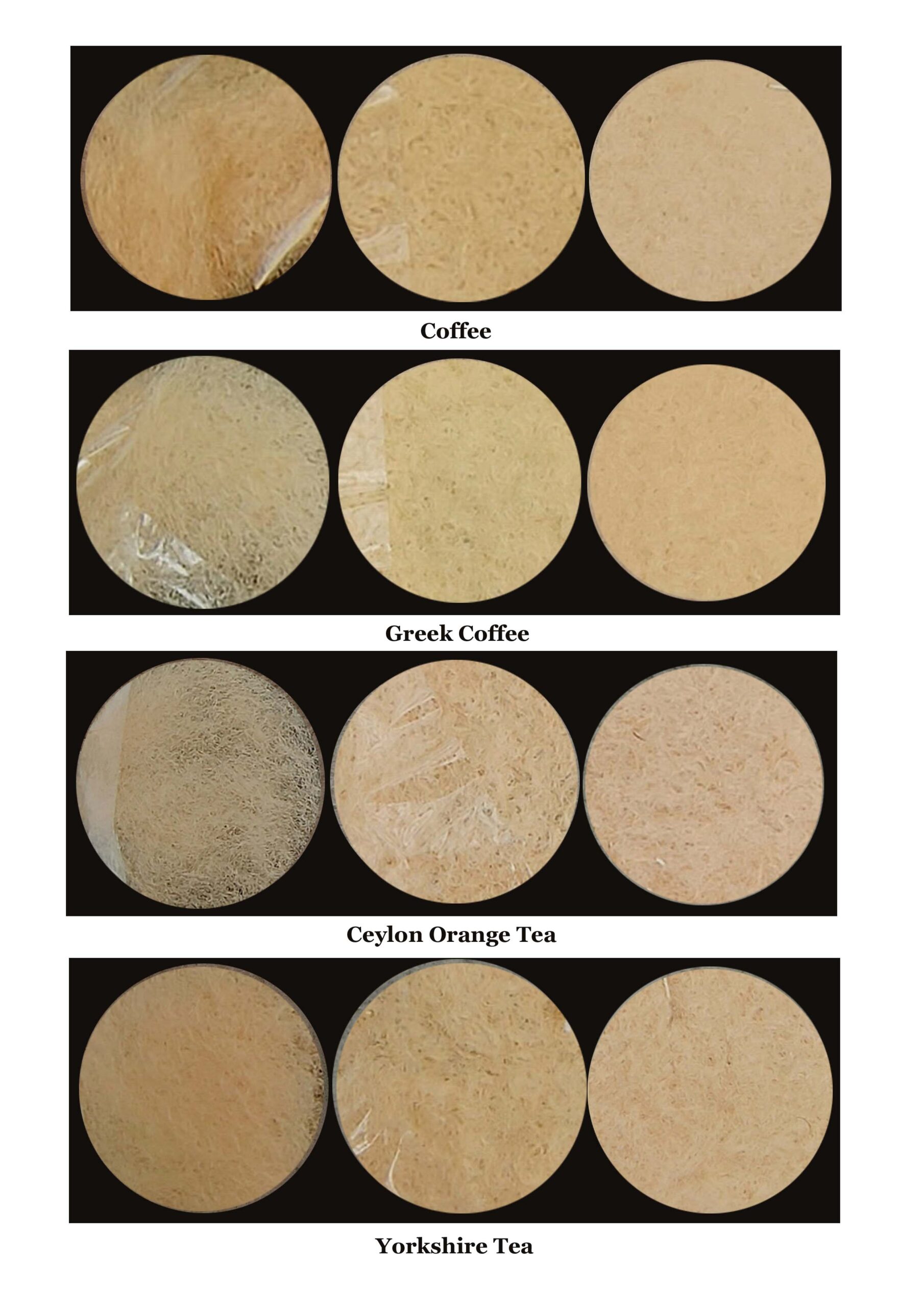
Dyeing Wool with Coffee and Tea
In this post we look at some of the easiest ingredients to find in your cupboards. We end up with some lovely beiges while dying with 2 different types of coffee and 2 different types of tea.
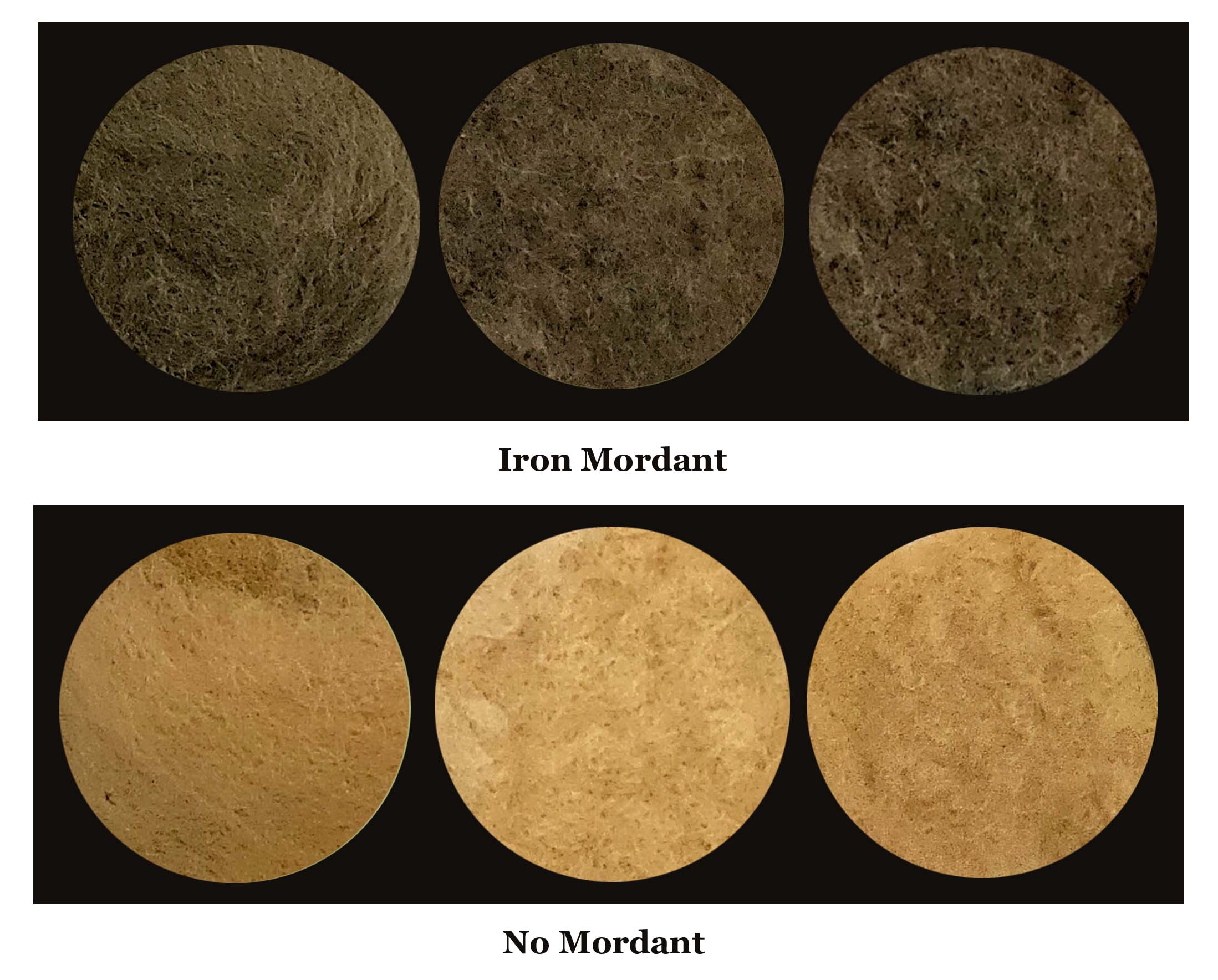
Different Mordants while naturally dyeing with Coffee on Wool
Its time to try out our iron mordants! in this post we look at natural dyeing with coffee while using iron as a mordant and then with no mordant at all!
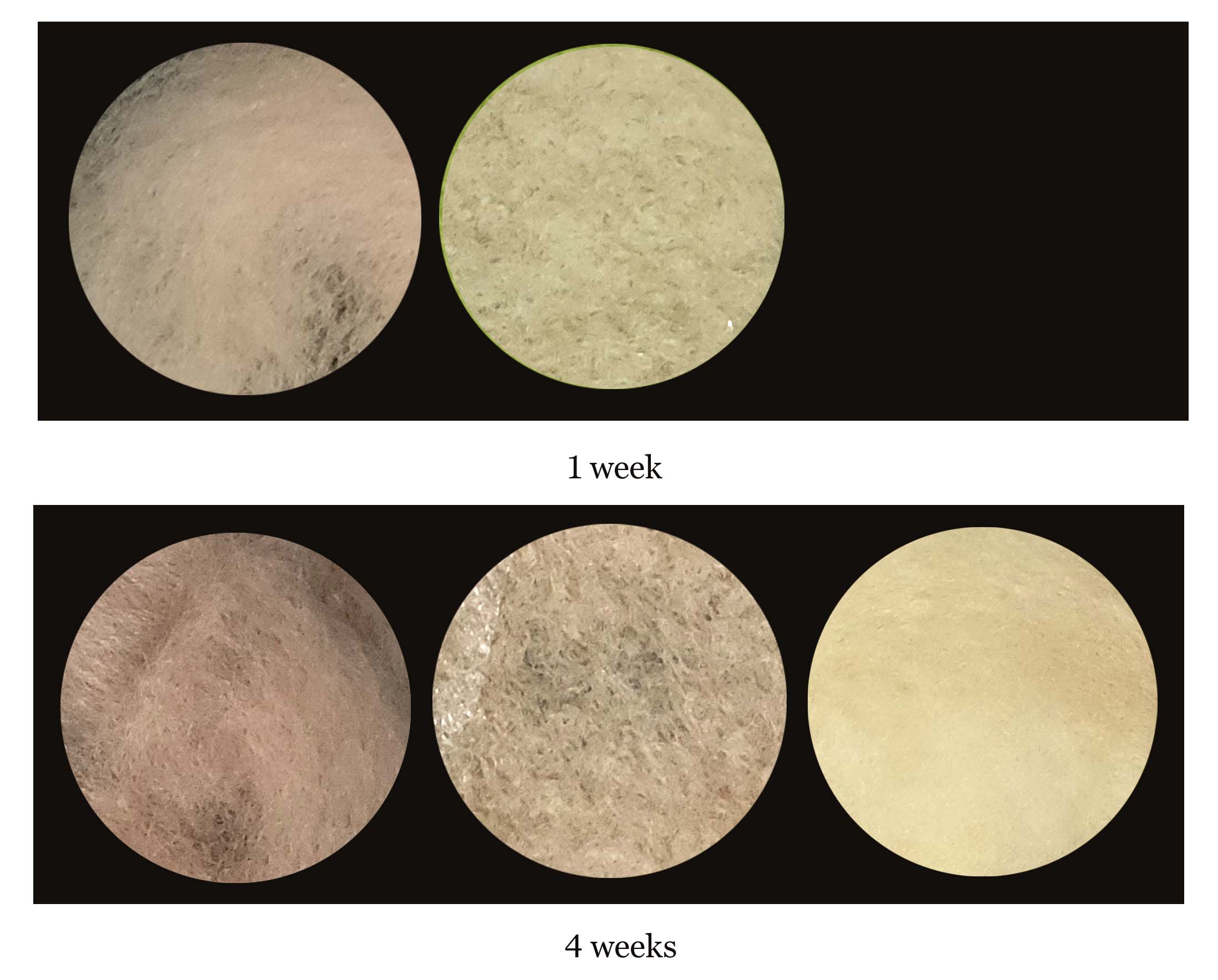
Dyeing Wool with Hibiscus Tea
Playing with different teas may give different results. In this post we look at hibiscus tea and how colour may also vary depending on time.
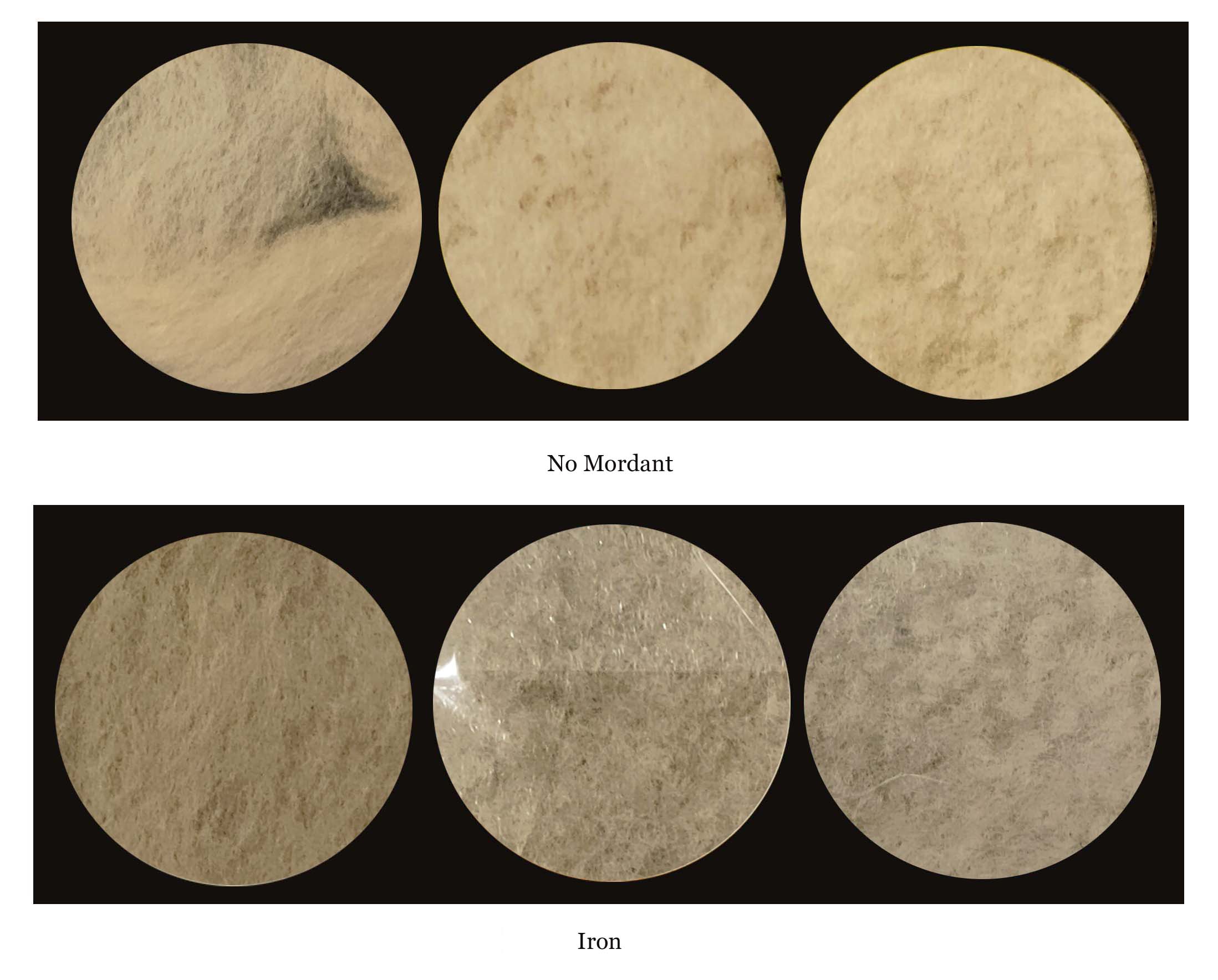
Dyeing with Tea using No Mordant and Iron
Time to try tea with some different dyeing options. Teas are very full of tannins so do we even need to use a mordant?

Dyeing Wool with dried Black Beans
Dried black beans are a stable in many kitchens as well as easy to obtain in supermarkets around the world. The actual dyeing process for this dye material is actually different as the dye can be destroyed with heat. We also look at how pH changes can affect your colour outcomes by using products found in your own kitchen.

Easy Solar Dyeing with Cherry Juice
Is it that time of year when the environment around you has slowed down a little? Not sure what to dye with? Why not try some juice from your kitchen or the local supermarket.

Natural Dyeing with Pomegranate Juice
Playing with different teas may give different results. In this post we look at hibiscus tea and how colour may also vary depending on time.
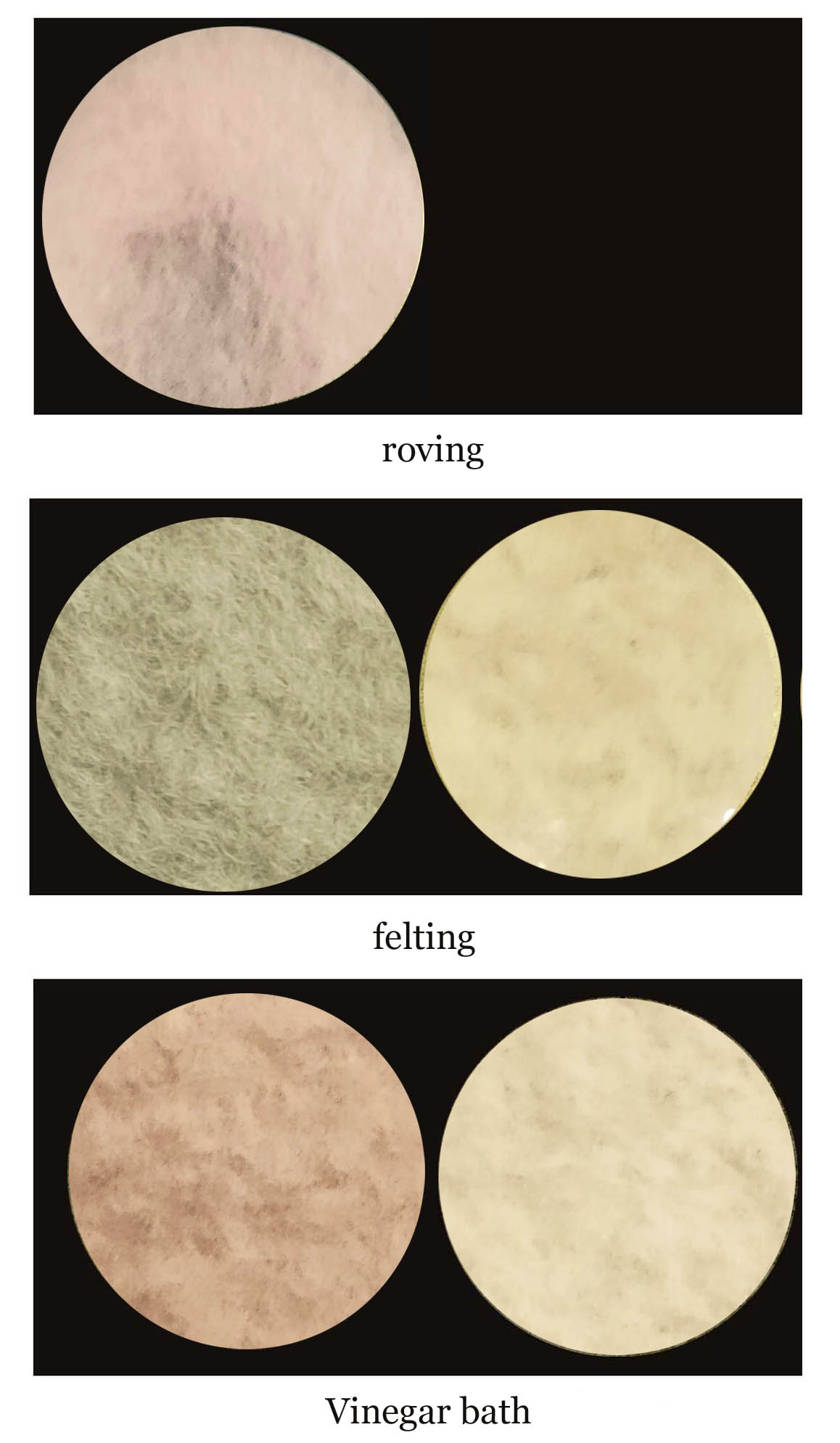
Dyeing with Blueberries straight from your freezer
We all have that bag of frozen fruit sitting in the back of the freezer….why not use it for some natural dyeing!
Natural Dyes From the World Around
Living in the Blue Mountains of sunny Australia, there is inspiration all around. Our eucalyptus trees come in a variety of bark colours and our natural flowers are vibrant and full of colour. Even if you don’t live in Australia, I hope these posts can inspire and help you to find your own sources of colour in the world around you. Remember natural dyes can be found anywhere.
Wattle Trees
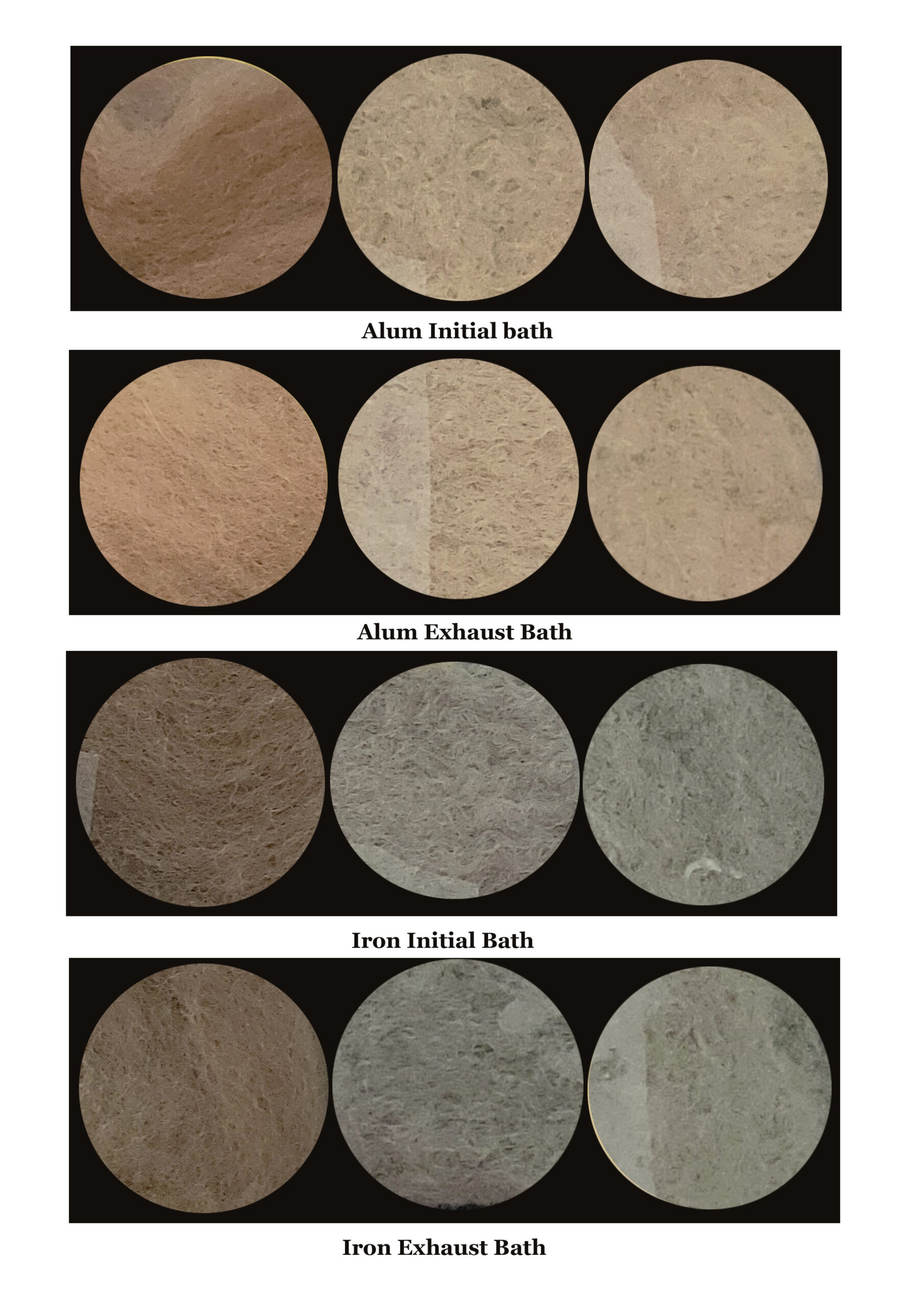
Solar dyeing with Wattle tree twigs
Its not just the leaves and flowers of the plants around you that you can use to dye with…try anything and everything!
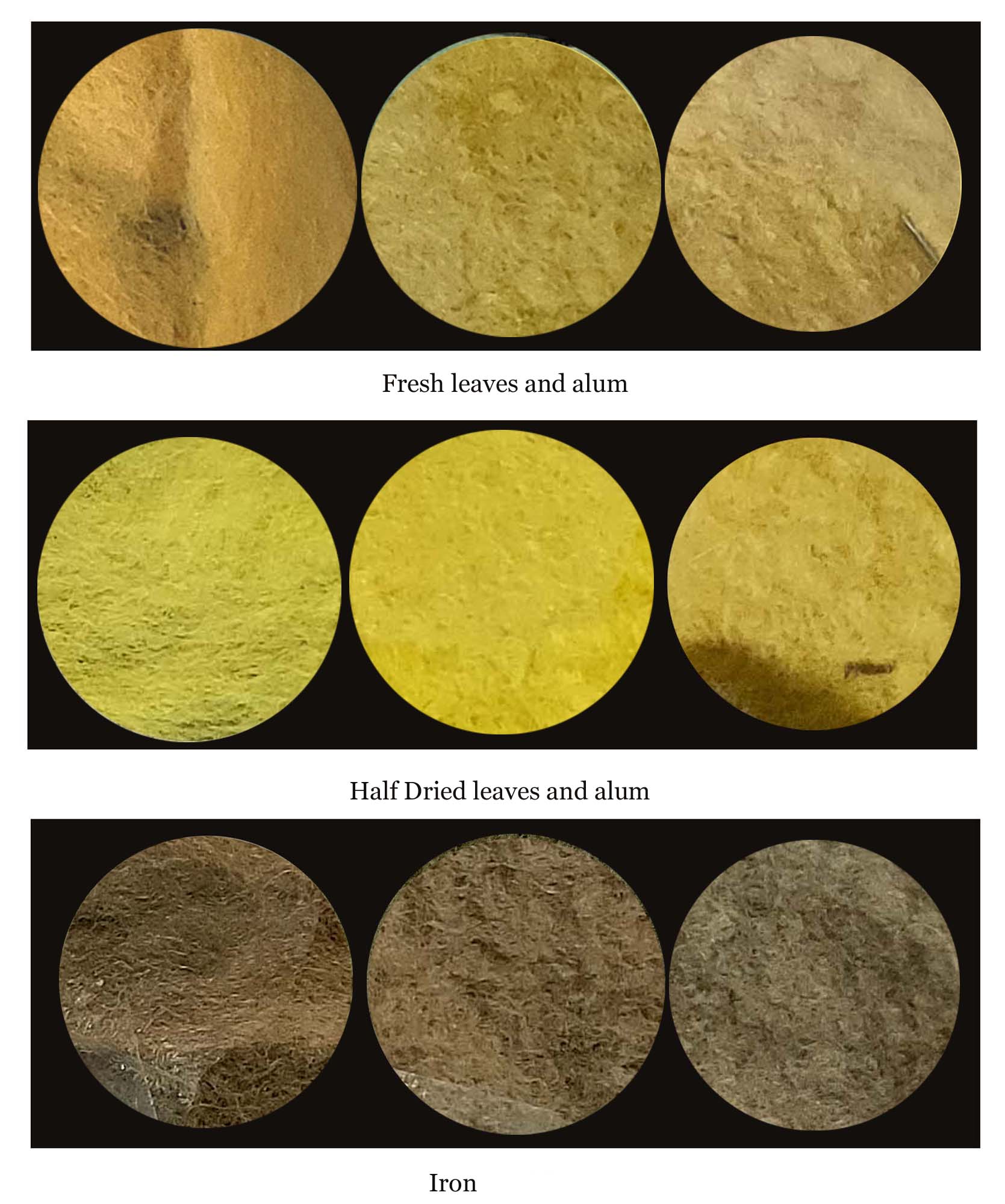
Using an Additive with Wattle Leaves
By taking advantage of what is happening in the environment around you, you can achieve some great colours. In this instance a wattle tree was being taken down as it was dying and near the house. What a great opportunity to do some natural dyeing!

Dyeing with Walnut husks
Ok so after talking about the inspiration of Australia, we actually start with something that is not native to this country. In fact if you live in America or other parts of the world where you can get black walnuts, you will most probably have much more success than me! I wasn’t able to get black walnuts here but decided to give the walnuts I was able to get a try.
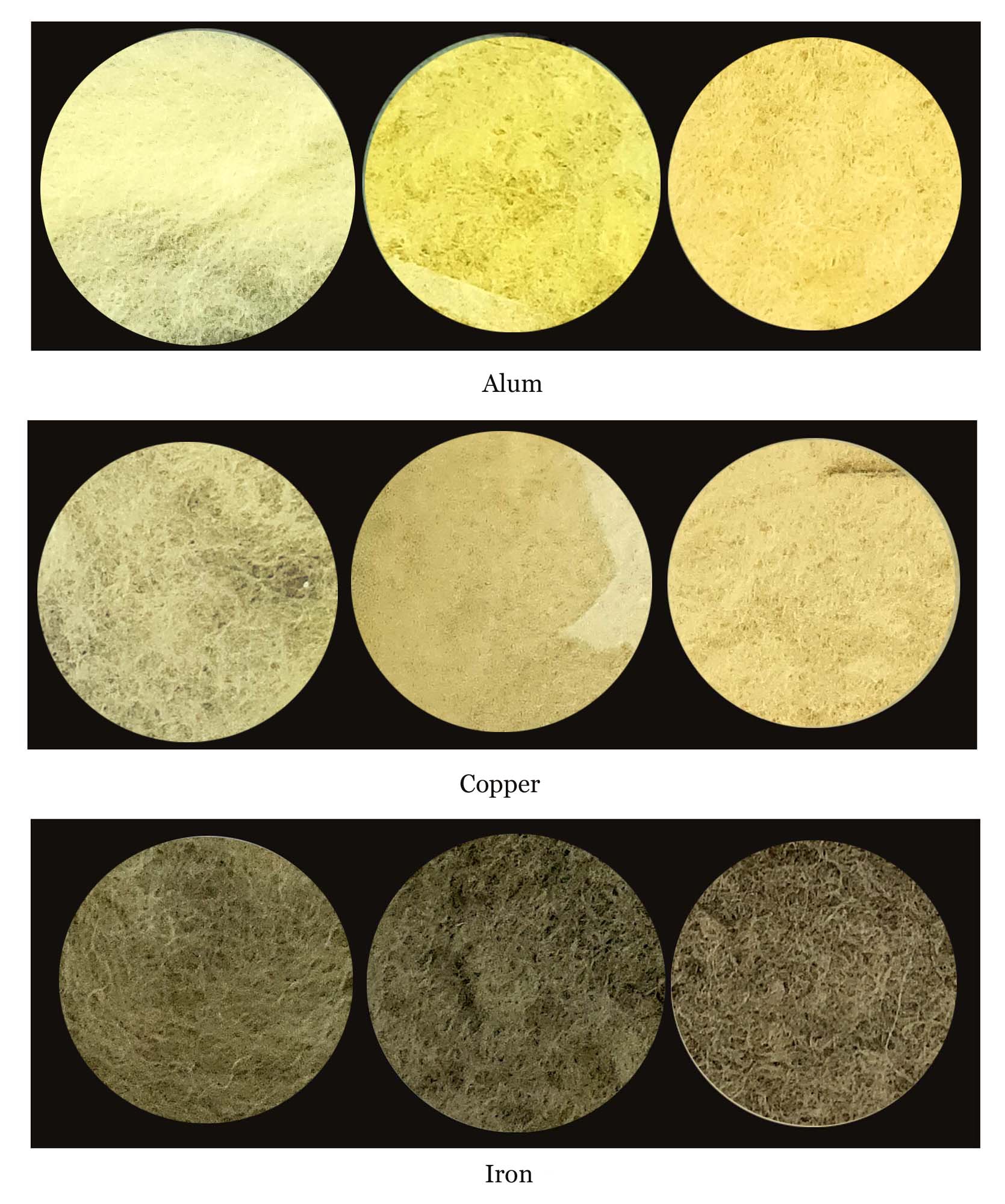
Eucalyptus Leaves
There are so many different varieties of eucalyptus leaves that I am not able to keep up with all of the different names. These leaves in particular however, are from a dried flower arrangement that was starting to look a bit past it’s used by date, so what do you do? Use it to dye with. I was able to use a variety of mordants to achieve some great results.
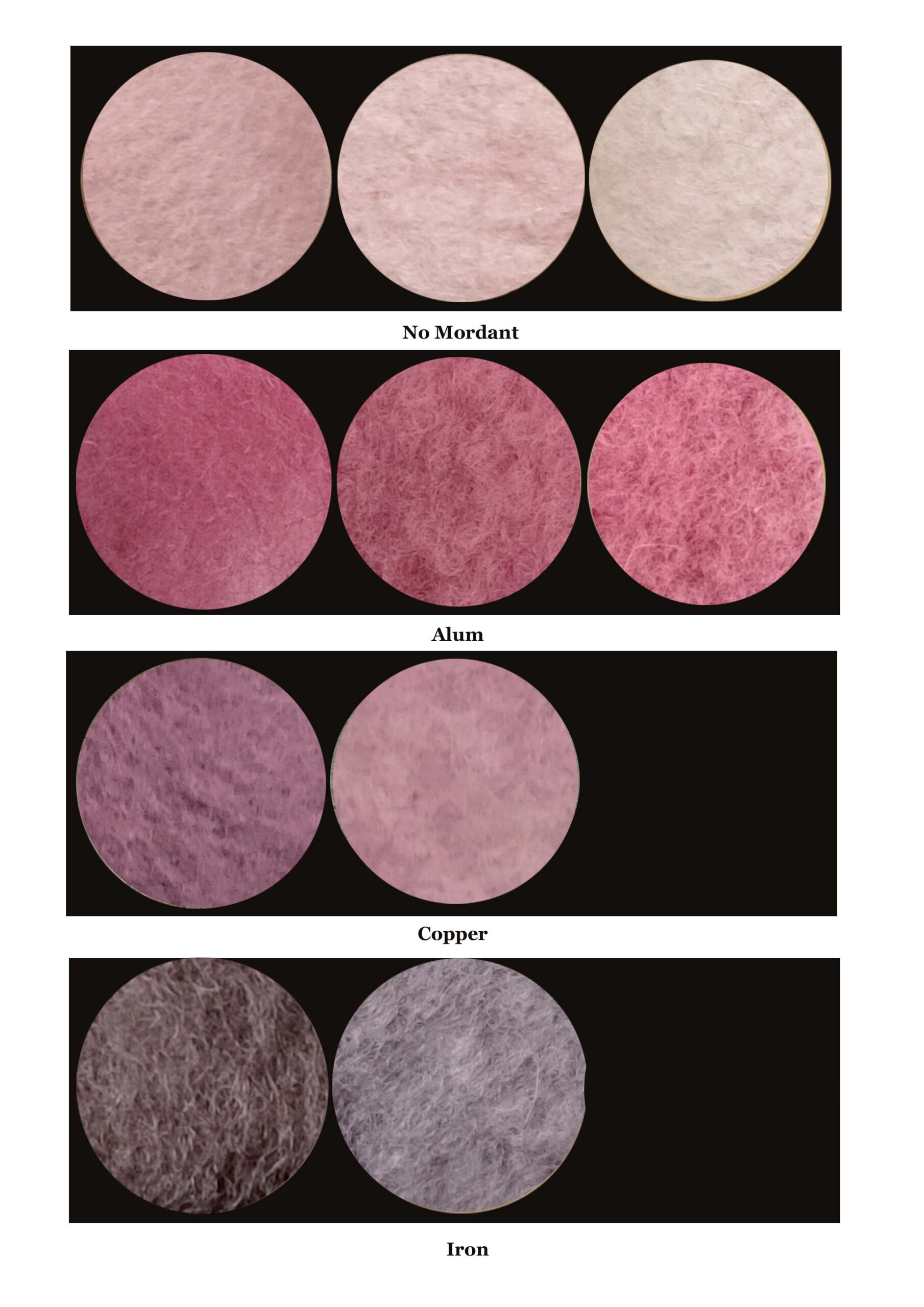
Dyeing with Lac
In this particular experiment we look at 2 different dyeing techniques. Heat versus Solar.
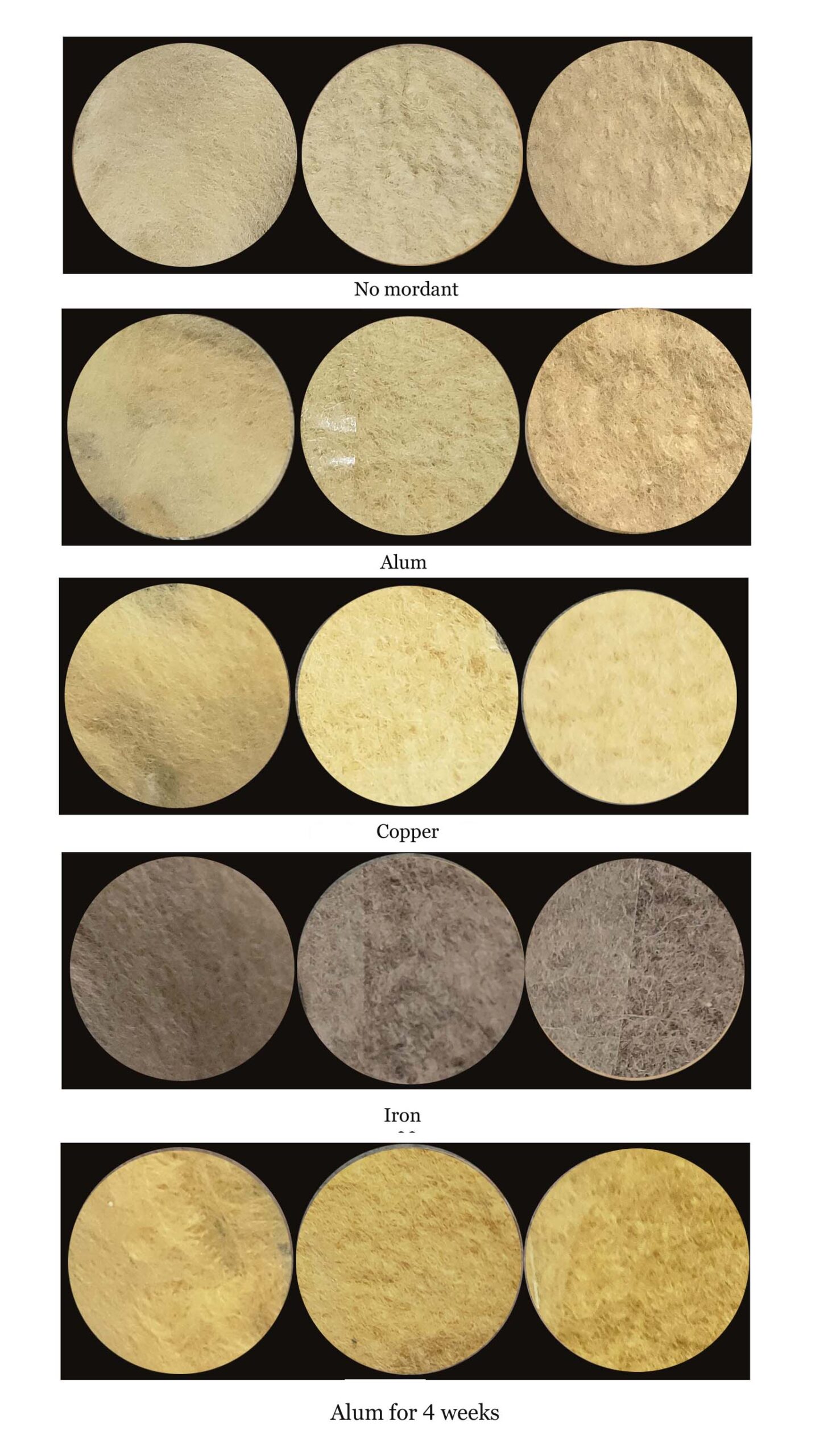
Dyeing with Gum Tree Bark
Our next door neighbours where lovely enough to throw some bark over the fence. They have a beautiful big gum tree in the backyard that drops its bark once a year. With this bark I have been able to make felt for some lovely little teddy bears!
Natural Dyes From the Veggie Patch
For those that like to grow there own food, there is a wealth of dye material on hand. Unfortunately growing vegetables is virtually impossible where I live. It basically creates open warfare between myself and the possums, which I really don’t want in my life. Instead I buy my veg from the fresh food markets allowing for no hostilities in the backyard. I am then privileged enough to be introduced to the new young possums each spring, so basically it is a win win situation.

Dyeing Iron Wool with Carrot Tops
The lovely green tops of a carrot seemed so inviting that I had to give them a go. The results after adding iron mordanted roving gave a lovely soft grey green which I know I will use for many craft projects in the future.
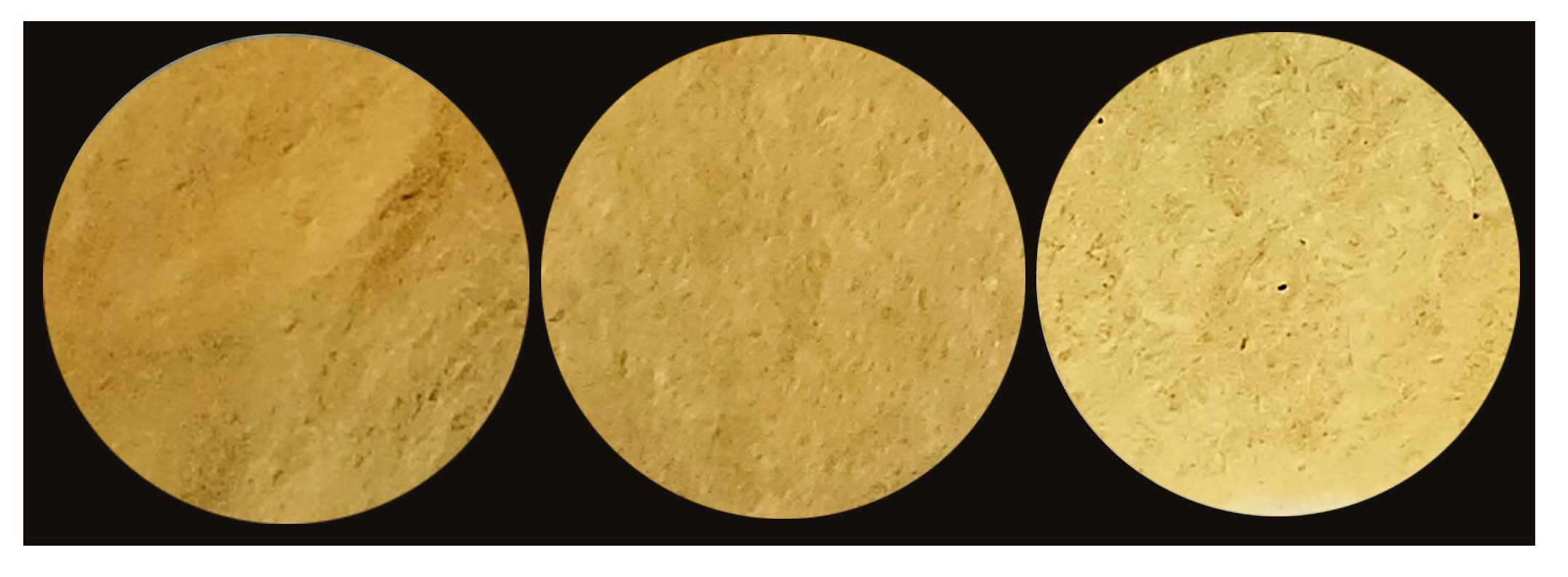
Solar dyeing with Beetroot
Dyeing with beetroots has become my nemeses in my dyeing life. I like I achieve great results to only find later, confusing contradictions. This was the first dive into dyeing with beetroot with more to come. I am hoping you can get as much information out of my failures as well as my successes.
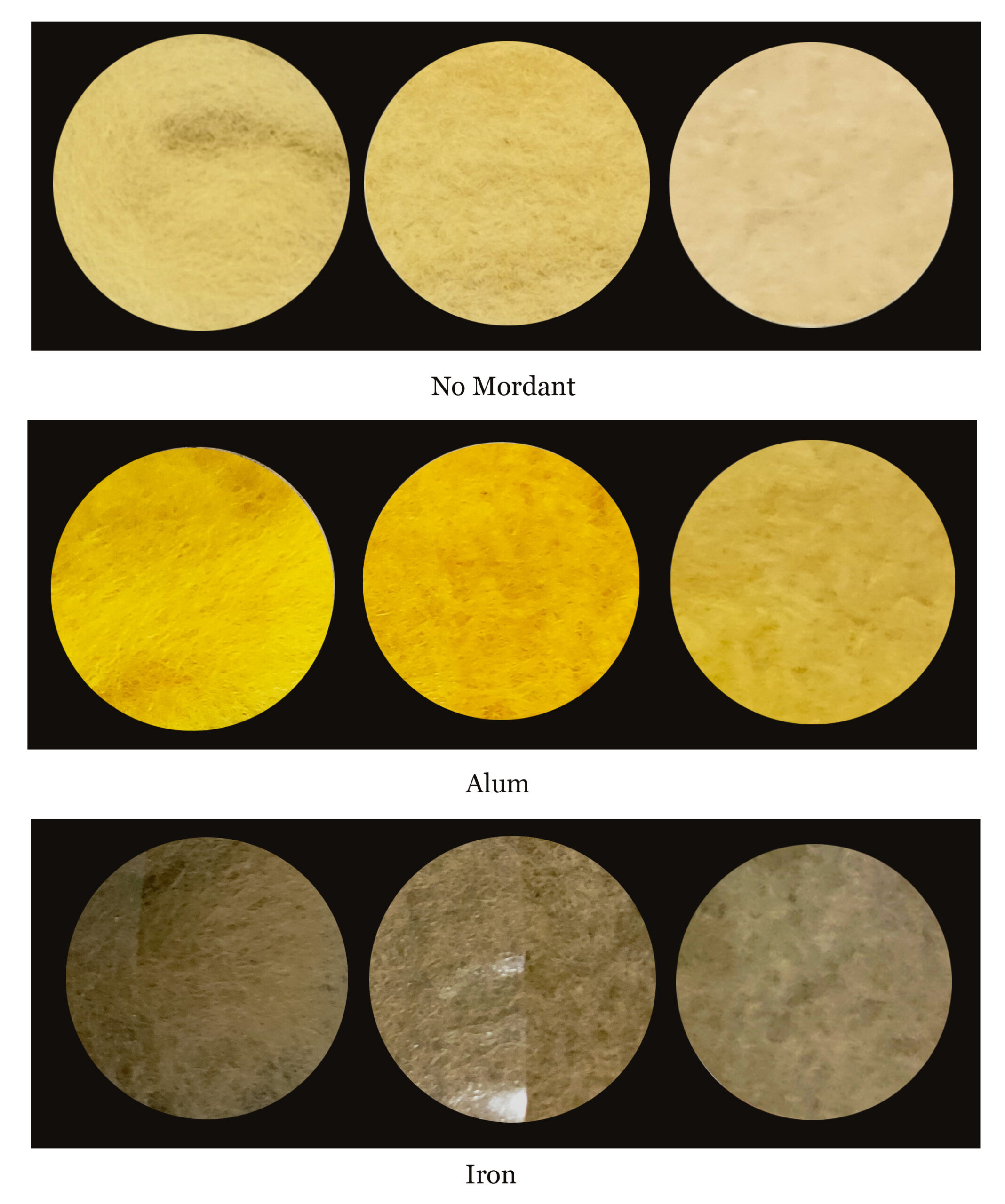
Dyeing with Brown Onions- A great place to start
Brown Onion skins are a great way to start your natural dyeing journey. They are easy to get being a by product of most peoples cooking, and give great results with little effort.
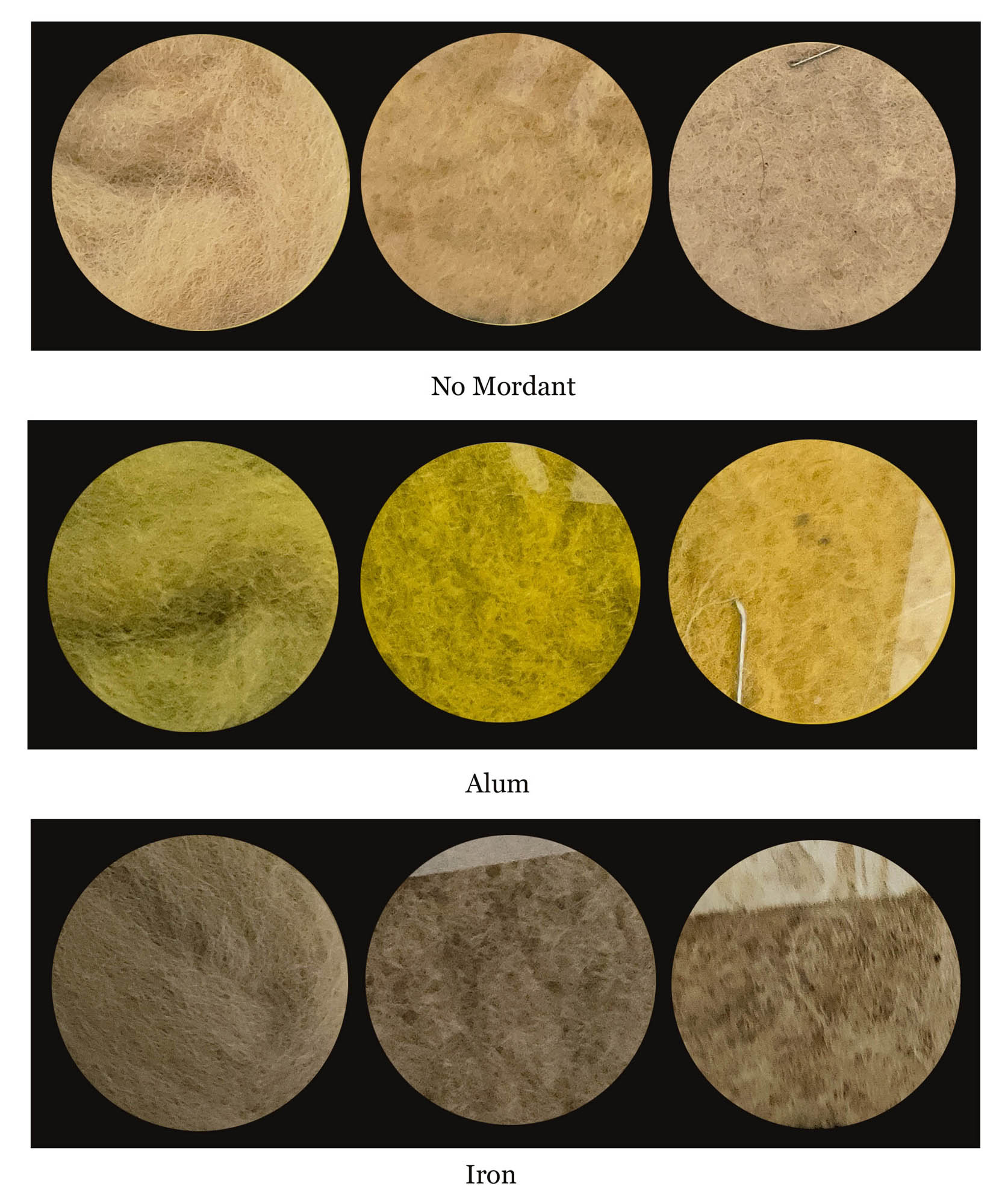
Solar dyeing with Red Onion Skins
Solar dyeing with red onion skins can give additional colours to add to your colour palette
Natural Dyes From the Garden
The garden is such an inspiration for colour and beauty no matter what type of art or craft you love. In these post we look at how flowers can quite often give good and surprising results to our dyeing experience.
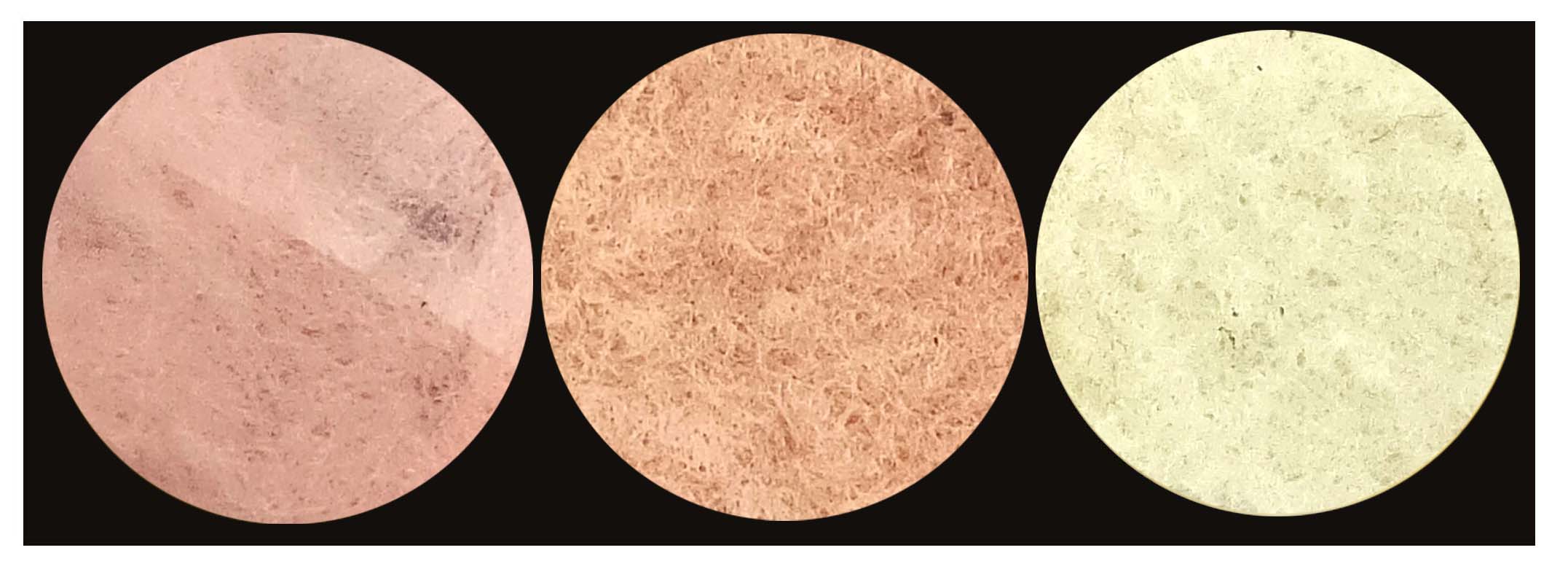
Dyeing with Orchid Cacti flowers
This was an experiment I went into with no expectations. It was a plant I have on my balcony that has a lot of family history and meaning to me. It flowers so beautifully every spring, I decided to give it a go with some great results.
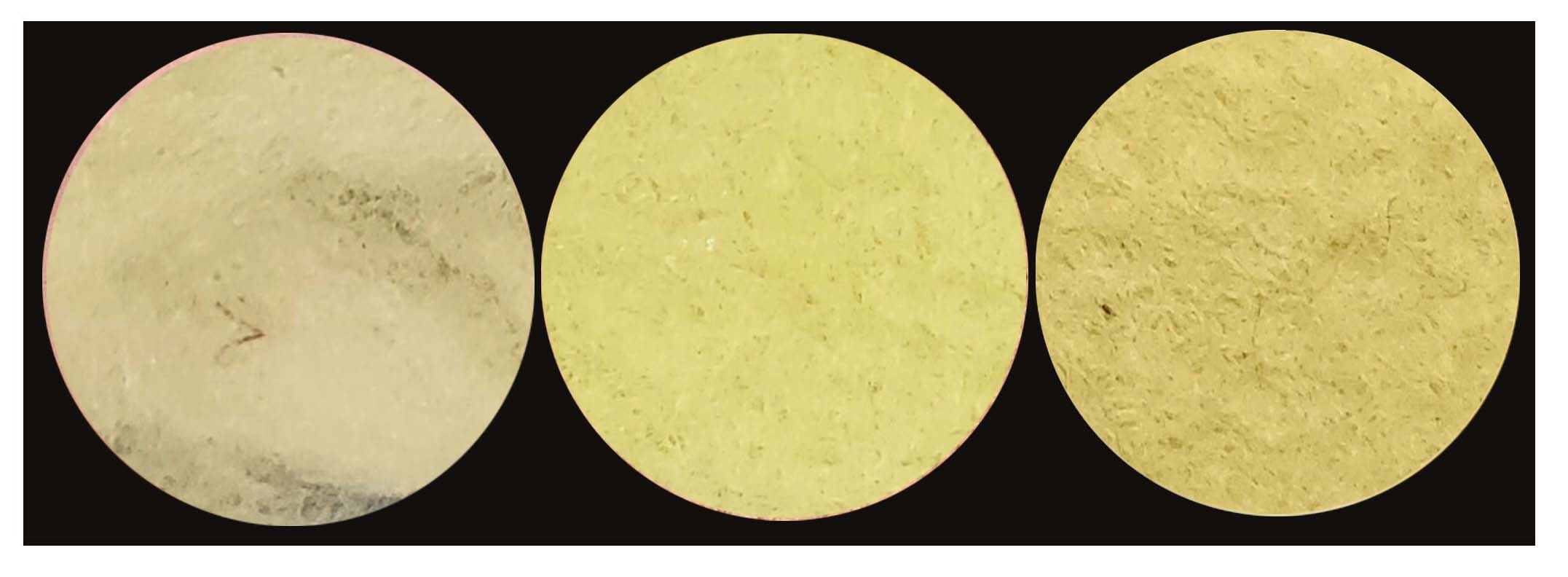
Dyeing Wool with Zebrinas
Again I had no expectations and had done no research for this dye lot. I was in my mothers garden (the avid gardener in my family) and she suggested I give this ago as she had so much of it. It worked so well I am now trying to grow my own so I can do some more experiments.
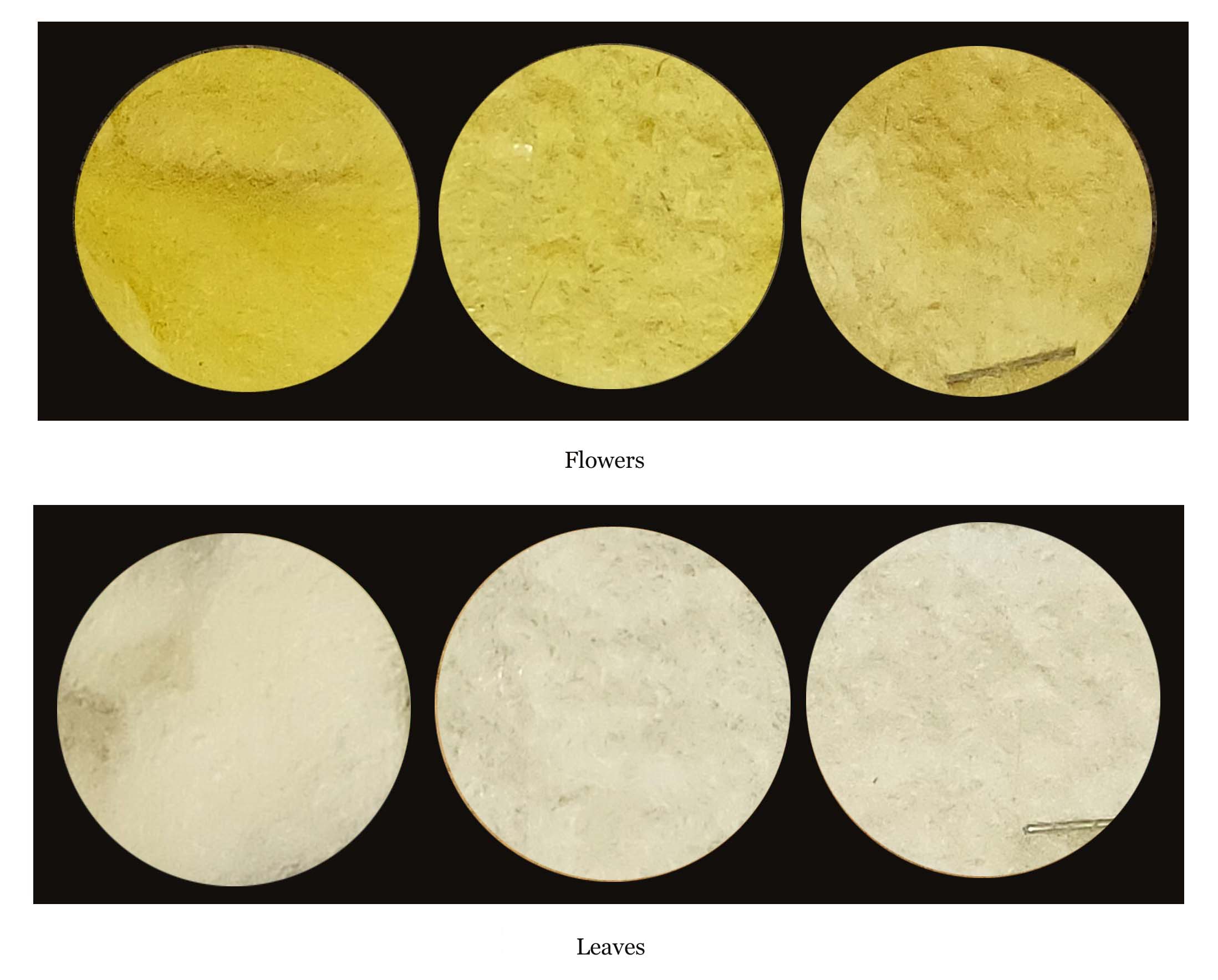
Lilly Pilly’s
In this post we see how even a white flower can produce colour. Experiment with everything!
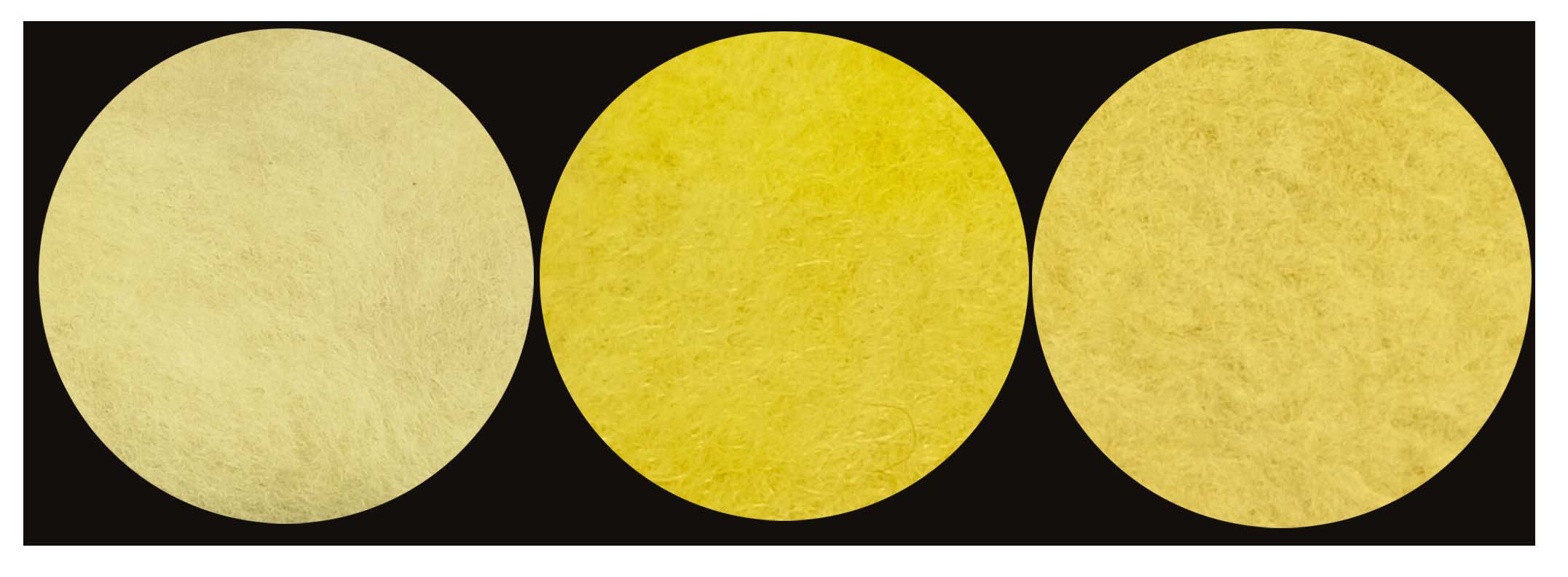
Solar Dyeing with Leucadendron
Slight confession here. These are not flowers out of my garden, but some beautiful flowers I received in a flower bouquet. There are many sources for your dyeing needs.
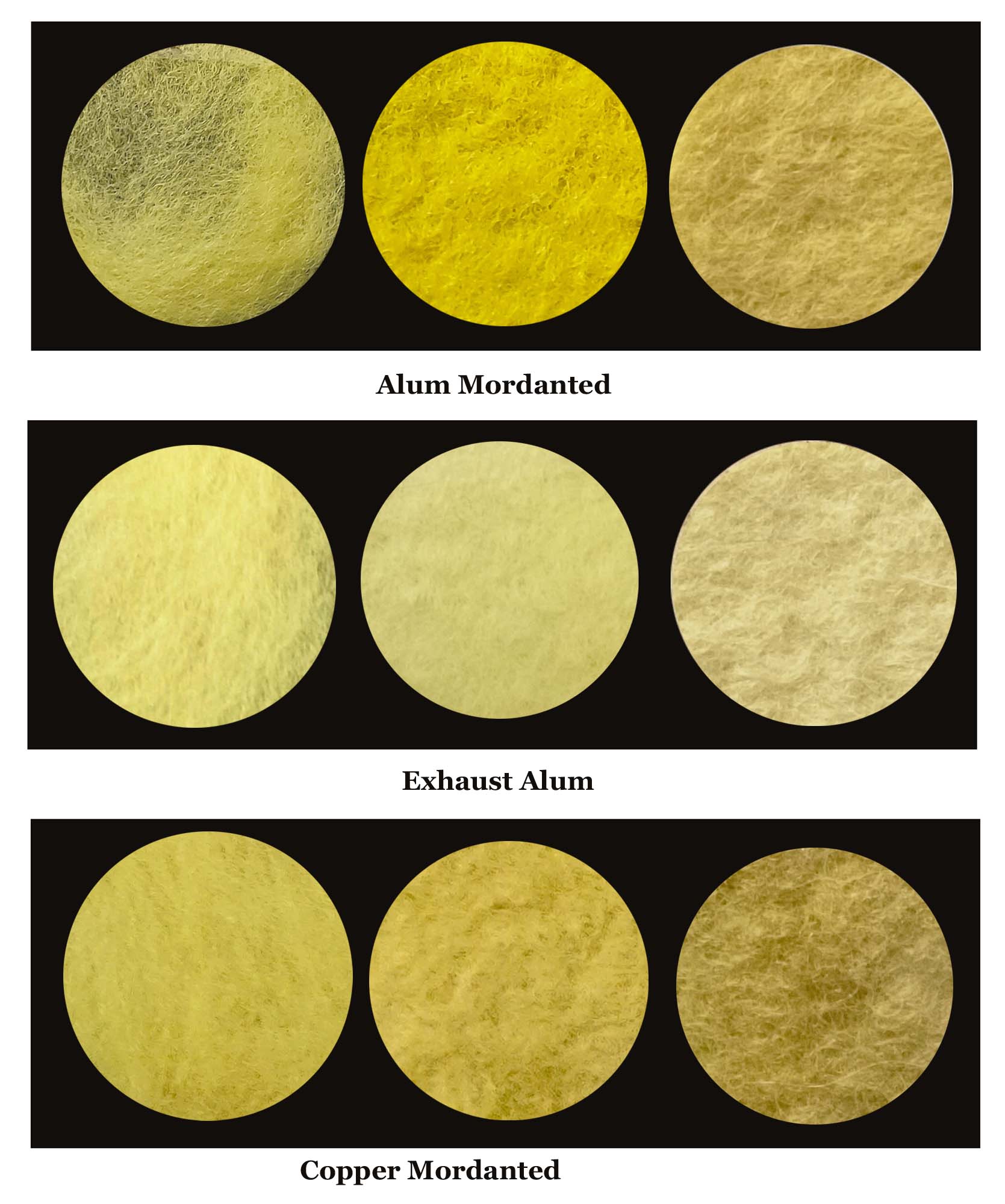
Dyeing with Marigolds
Here in my local community you can find marigolds everywhere during spring and summer. They are a great plant that flowers many times in one season giving a great abundance of natural dye.
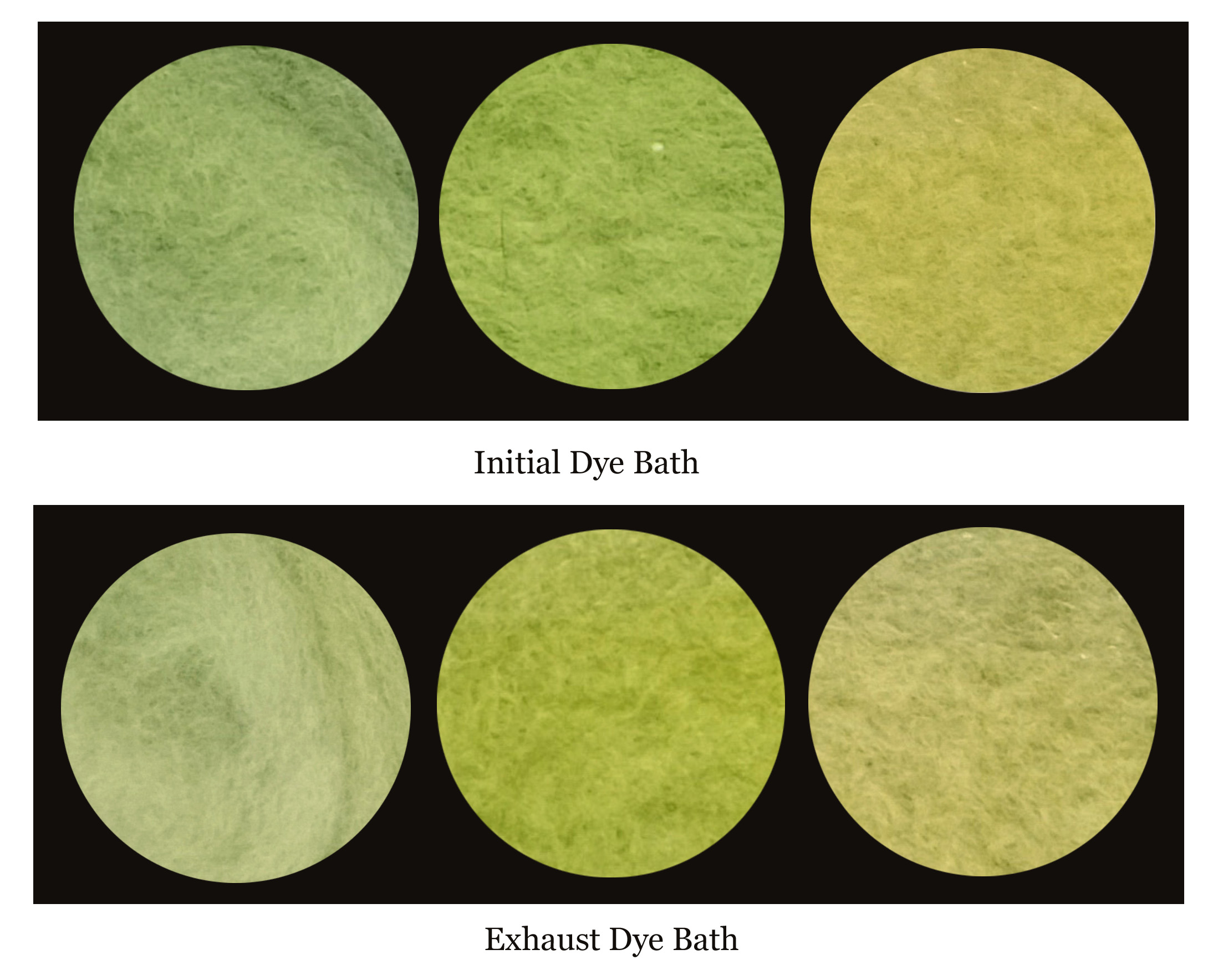
Beautiful Burgundy Chrysanthemums
Walking past a florist can now be a dangerous thing full of surprises and opportunities you just can’t resist.

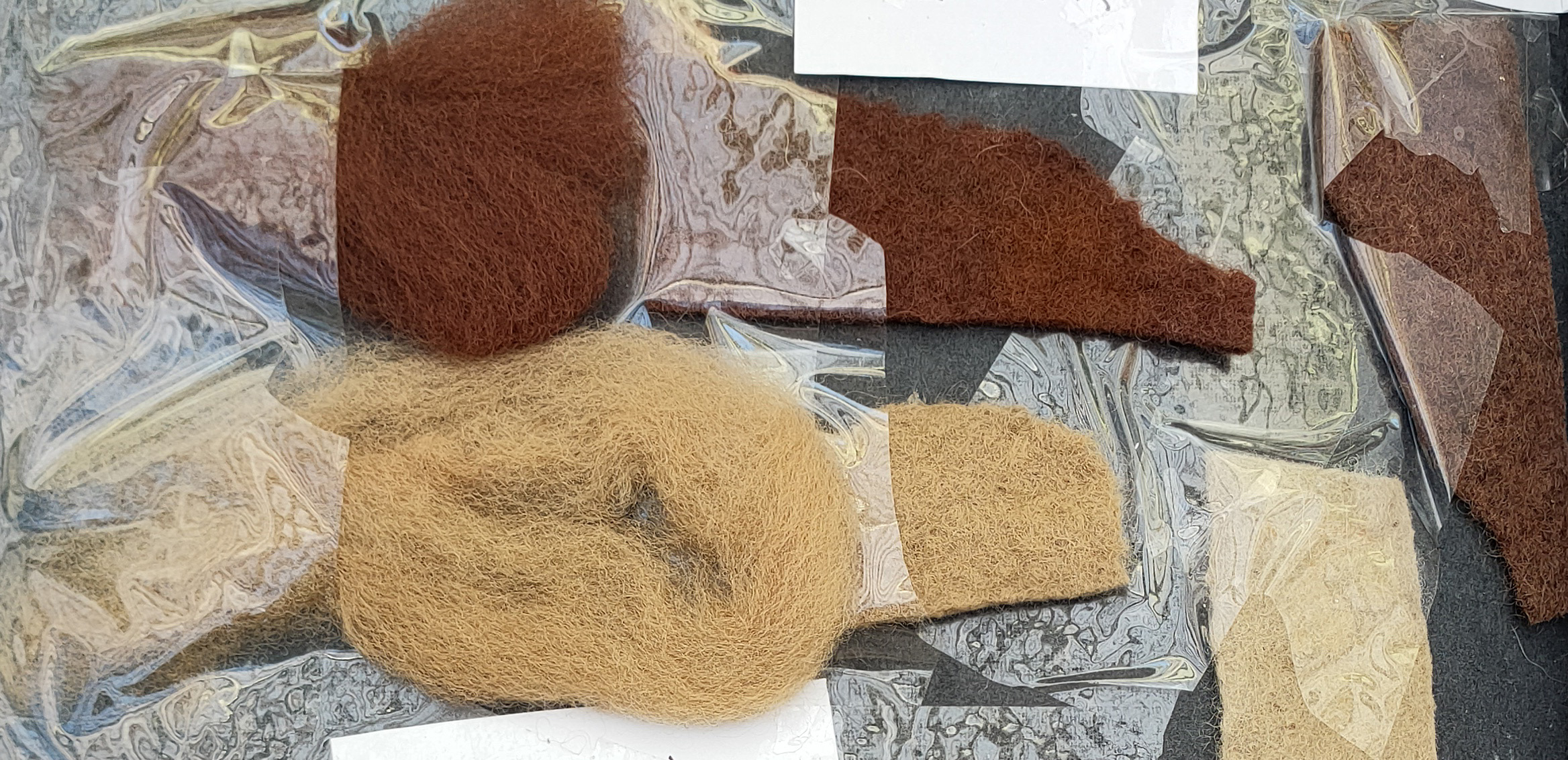
Coreopsis
We did some quite extensive experimenting with Coreopsis with some fantastic vibrant colours achieved. Come and have a look.
Join us on Instagram www.instagram.com/DyetoCraft
Etsy Shop Now open
If you like the idea of using organic naturally dyed threads in your craft but just don’t have the time, come and have a look at our Etsy Shop where you will find an array of beautiful colours provided by nature.

